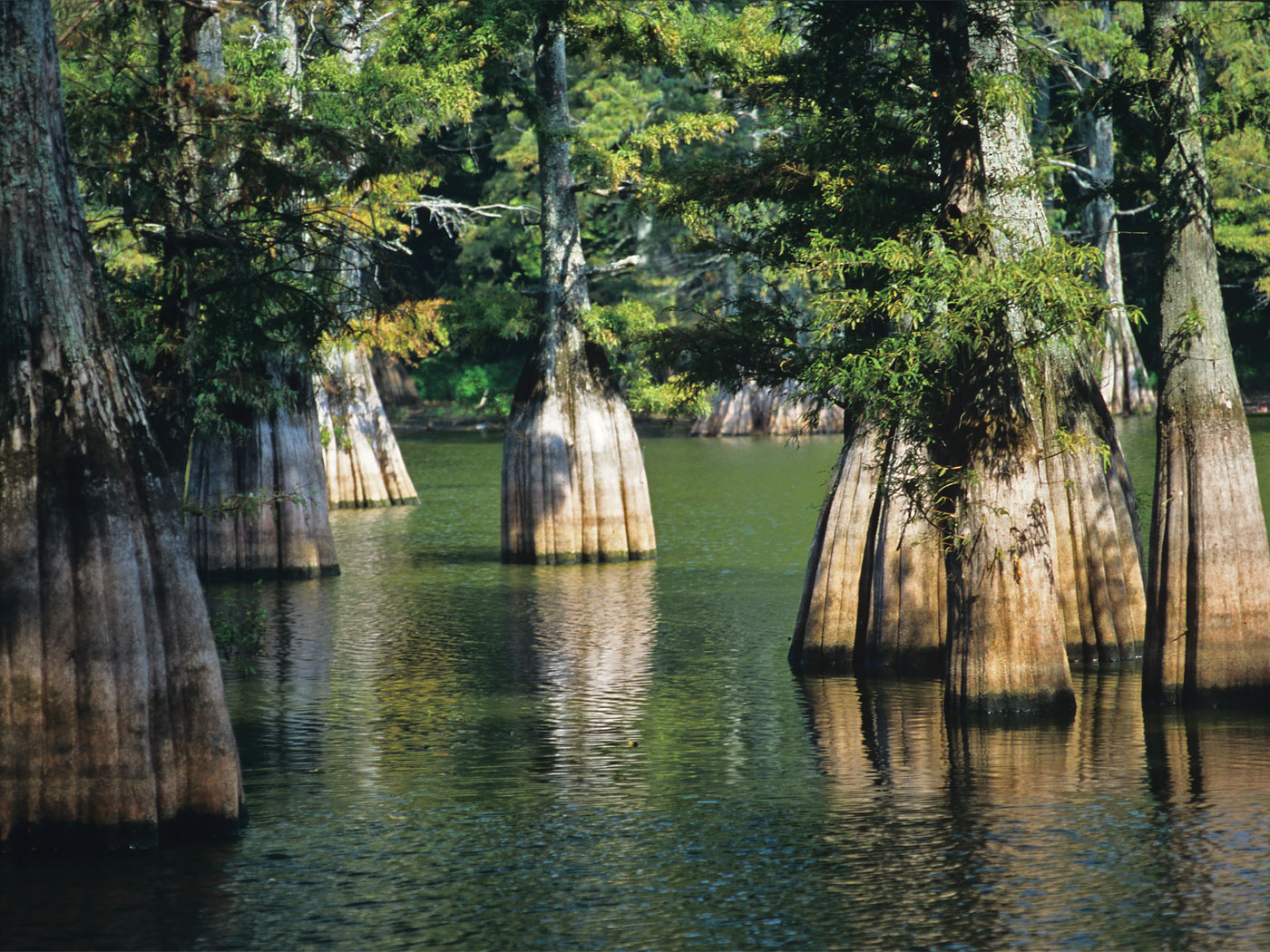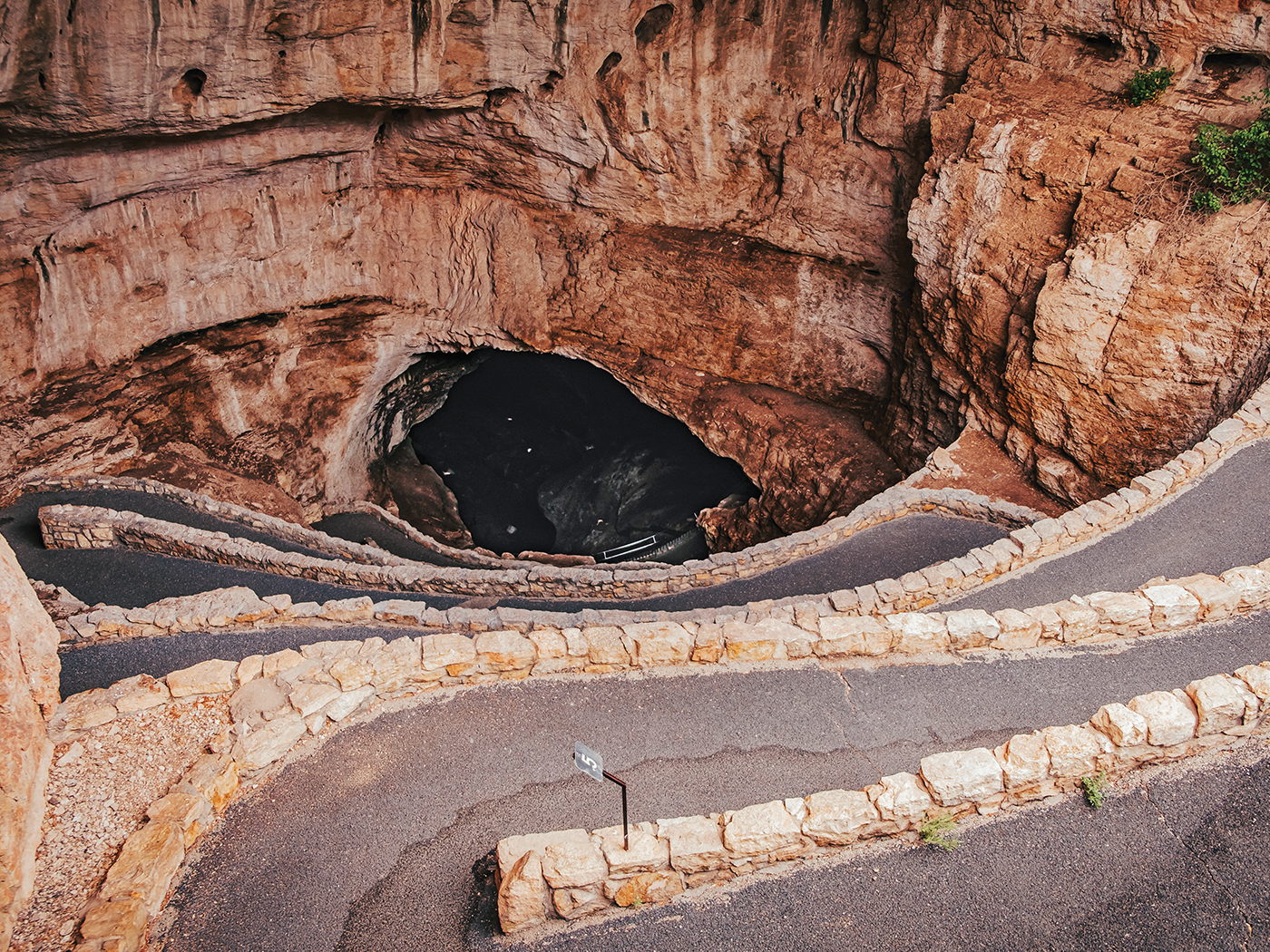The recent discovery of the first dinosaur fossils in Hong Kong came as a surprise to evolutionary paleontologists. It was totally unexpected since most of the rocks in Hong Kong are volcanic in origin.1 And volcanic rocks usually destroy bones, not preserve them.
“It’s shocking, because I never thought there would be dinosaur fossils in Hong Kong,” said Chong Got while looking at the new dinosaur bones on display at Hong Kong’s Heritage Discovery Center.1
Michael Pittman, a dinosaur paleobiologist at the Chinese University of Hong Kong, said,
Hong Kong is famous for being a built-up landscape, but half of it is country park. In the countryside areas, most of what you see are dinosaur-era rocks, but it’s volcanic rocks—and they are bad places to find fossils, because fossils just melt.1
Although most of Hong Kong is volcanic in origin, tiny Port Island, northeast of the city, contains a section of sedimentary rocks from the uppermost dinosaur-bearing layers (Cretaceous System). The large bones of a still yet-to-be-determined dinosaur were found in some red-colored sedimentary units in Hong Kong’s UNESCO Global Geopark.1
Conventional scientists believe the bones were originally buried in sand and gravel, became exposed due to a flood, and then were transported and reburied in their present location.1
But Flood geologists are not surprised by this discovery. Recall how surprised conventional paleontologists were when the first discovery of dinosaurs was announced in Ireland in 2021.2 Again, there weren’t supposed to be dinosaurs there either since they were found in ocean-derived sediments mixed with marine fossils. However, dinosaurs in marine rocks seems to be a global phenomenon.3
The common thread in all these dinosaur discoveries is water deposition. Most, if not all, dinosaurs are found in sedimentary rocks laid down by water at similar levels across the globe, including China.4,5 And the best source of water to explain these worldwide occurrences is the global Flood described in Genesis. These so-called Cretaceous rocks at Hong Kong were deposited as the Flood water was approaching its peak level, likely close to Day 150 of the Flood. Dinosaurs became entombed in mud and sand as their entire ecosystem was being destroyed by the advancing waves. At that point, a lot of volcanic activity was occurring across the world, too.4 This global Flood interpretation also provides the “flood” needed to transport and bury the bones at Port Island, Hong Kong.
The Genesis Flood provides the best explanation for finding dinosaurs buried at about the same level and in the particular types of rocks across all of the continents.4,5 Only those who don’t accept the Bible as literal history are surprised.
References
- Bassi, M. 2024. Paleontologists Discover Dinosaur Fossils in Hong Kong for the First Time. Smithsonian Magazine. Posted at smithsonianmag.com October 30, 2024, accessed November 27, 2024.
- Clarey, T. 2021. Ireland’s First Dinosaur Bones Found in Flood Rocks. Creation Science Update. Posted on ICR.org May 13, 2021, accessed November 27, 2024.
- Clarey, T. 2015. Dinosaurs in Marine Sediments: A Worldwide Phenomenon. Acts & Facts. 44 (6): 16.
- Clarey, T. 2020. Carved in Stone: Geological Evidence of the Worldwide Flood. Dallas, TX: Institute for Creation Research.
- Tomkins, J. 2023. The Fossils Still Say No: Paleontology of the Global Flood. Dallas, TX: Institute for Creation Research.
Stage image: Hong Kong skyscrapers
Stage image credit: Copyright © Share Alike 4.0 International, Estial. Used in accordance with federal copyright (fair use doctrine) law. Usage by ICR does not imply endorsement of copyright holder.
* Dr. Clarey is the director of research at the Institute for Creation Research and earned his doctorate in geology from Western Michigan University.







